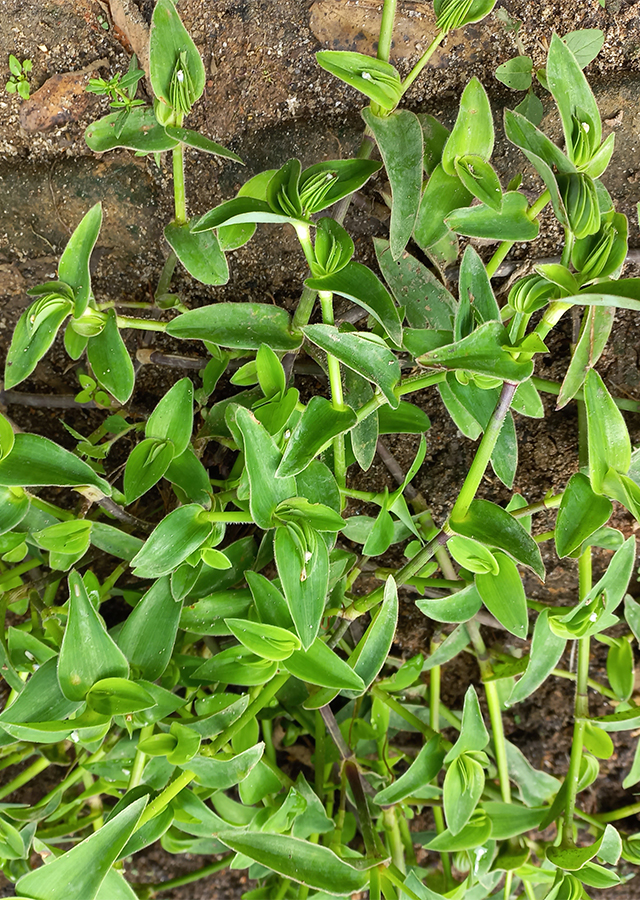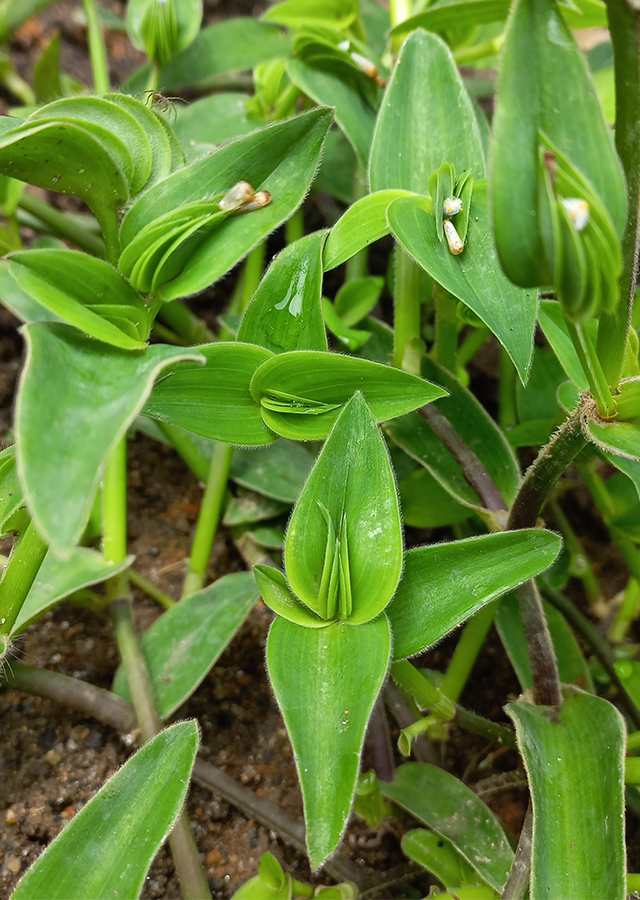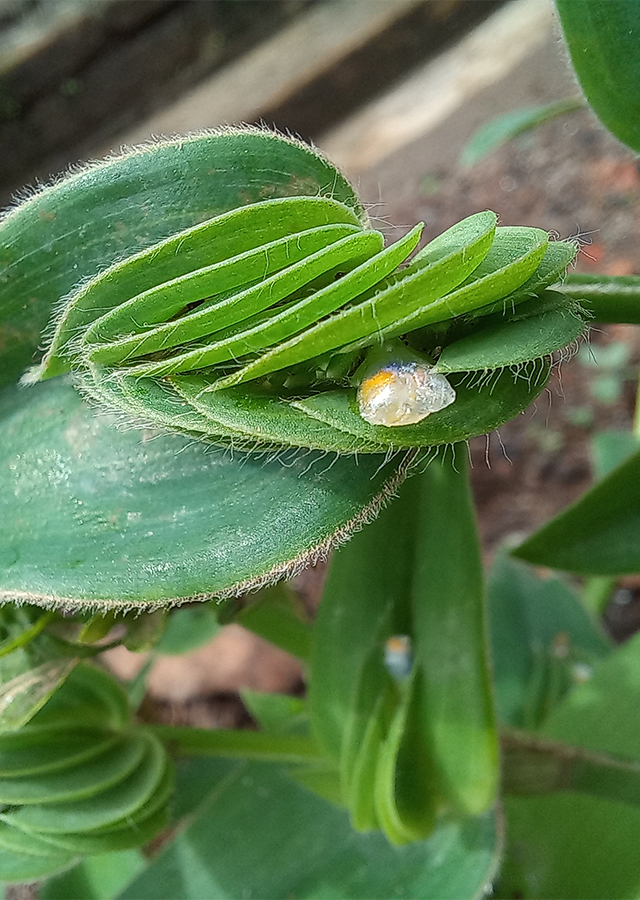Traditional Herbs from Cyanotis cristata
treat_swelling
- Take enough petungan root and wash it until clean.
- Crush it until it becomes a paste.
- Apply it to the swollen part of the skin.
wound
- Take the petungan plant and wash it until it is clean.
- Blend the ingredients until they become a paste.
- Apply the paste to the wound.
What is Cyanotis cristata Looks like??



Parts of Cyanotis cristata that could be used
- Leaves
- Roots
Cyanotis cristata Distribution
Petungan is an exotic weed that is widespread in tropical Africa, the Himalayas, South China, Indochina, Malaysia and Indonesia. Now, this plant has spread to other tropical countries and has become a pantropical weed. Petungan can be used as a spice and spice, this plant has also been used by the people of West Java as a vegetable, namely by using the leaves and stems. Traditionally, petungan has medicinal properties and is often used by people as a medicinal ingredient, especially to treat snake bites.Agroecology of Cyanotis cristata
Petungan can be found growing in grassy areas and sandy areas near the sea. Mainly in dry areas, but can also grow in damp areas, on roadsides, rocks, at altitudes up to 1,000 m above sea level. It is drought tolerant and can survive at least 2 weeks without rain or watering. This plant likes a position in full sun, and well-drained soil conditions and is able to live in less fertile soil.
Morphology of Cyanotis cristata
- Fibrous roots, rooted below the nodes.
- Flesh stems, containing water, growing prostrate and creeping, branching from the base, at irregular intervals.
- Flesh leaves, hairy along the edges, changing from green to reddish when exposed to strong sunlight and drought stress, the leaves are alternate or spread out, the leaf edges are flat, ovate-oval to lanceolate, the base is heart-shaped or round, no stems.
- Small flowers, lobed crown 3, fused into a tube, pale blue to purple, with attractive purple-blue filament style, having anthers at the end like tassels or crests that are yellow, ovate-lanceolate, much larger than cymes, glabrous, glabrous. leaf tips tapered, edges ciliated, leaf petals united to form a tube. Terminal and axillary inflorescences, solitary, highly bent cymes.\u00a0
- Triangular, brown, explosive capsules. seeds small and persistent bracts, membranous, almost glabrous, pilose at apex, usually 6 seeds.
- Seeds ovoid to ellipsoid, grey-brown.
Cultivation of Cyanotis cristata
Propagated vegetatively by stem cuttings and generatively by using seeds.
Cyanotis cristata, more details :
Chemical Content of Cyanotis cristataFlavonoids, tannins, saponins, glycosides, alkaloids and terpenoids.
Benefits of Cyanotis cristata
Treats swelling and snake bites, heals wounds, has antioxidant activity.
Simplisia of Cyanotis cristata
Another Facts for Cyanotis cristata :
Synonym of Cyanotis cristataCommelina cristata L., Cyanotis huegelii Hassk., Tradescantia cristata (L.) L.
Habitus of Cyanotis cristata
Herb. Annual herb, height ranges from 0.1-0.5 m
Habitat of Cyanotis cristata
- Coast", "Roadside", "Rocky Area", "Grassland", "Land
No comments:
Post a Comment